Following is a summary of our work and involvement in nature and environmental issues as reported at our Annual General Meeting January 2021:
Upper Columbia Basin Environmental Collaborative - representative/member: Emma. The UCBEC is an independent committee made up of representatives from several environmental groups. Its objective is to ensure ecosystems are considered in operations and mitigations of all upper Columbia hydroelectric dams and in the Columbia River Treaty. This is accomplished by providing knowledge, technical support, comments, and support of public involvement in Treaty discussions.
Rocky Mountain Trench Natural Resource Society - representative/member: Jo Ellen. The Trench society is a non-profit made up of nine other East Kootenay environmental societies. They oversee the restoration of grasslands through partnerships with government, industry, First Nations and other non-government agencies. Restoration work last year was at the Old Kimberley Airport, Hidden Valley/Silver Springs, Hatchery Ridge, and Sheep Mountain.
Early Morning Birding - a regular Wednesday morning field trip dedicated to birdwatching. The skill of the birders varies from beginner through expert level. This year (2020) some of the more interesting outings involved hiking into McGinty Lake, hiking along the bootleg hoodoos trail, and through the Moyie Lake narrows by canoe or kayak. Two most notable events this year were on March 18th, while near Jaffray, a golden eagle attacked a Canadian goose close by. Then near Wasa we witnessed a juvenile cowbird being fed by a junco and later by another adoptive mother of a different species. This activity is co-ordinated under and adheres to club’s new Covid19 guidelines.
Kootenay Community Bat Project - RMN co-ordinator: Scott. We assist other groups and conduct counts of bats and build and maintain bat boxes. Members assisted the Baynes Lake Community in setting up and conducting a bat count on 12 June 2020 where we counted a total of 472 bats. Hopefully the RMN will have our own count location for 2021.
Bat Project Website: bcbats.ca/regions/kootenays/
Elizabeth Lake Western Painted Turtle Nest Monitoring - RMN co-ordinator: Greg. We monitor and maintain a turtle nesting area at Elizabeth Lake, Cranbrook under the auspices of the Fish and Wildlife Compensation Program.
2019 / 2020 nesting year - eggs laid early in the year may hatch before winter, eggs laid in the fall will overwinter and the hatchlings emerge the next spring
100 nests found
952 total number of eggs found
333 dead eggs
223 dead turtle hatchlings found in the nests
69 live turtle hatchlings in nests
124 hatchlings that must have emerged on their own
193 Total hatchlings
50% predation rate of turtle nests
In April/May of 2020, while repairing minor problems with the turtle fence, it was discovered that there was a major problem at the north end of bed A. There was essentially a ‘skunk highway’ from a downed tree over the fence. Thanks to Helga and Andy for delimbing the tree and removing the branches. The fence was repaired, and a cross fence was added to prevent skunk movement onto the beds. All the other minor breaks in the fence were repaired and the fenceline was brushed, to assist future monitoring.
In 2020, there were 94 nests laid. So far, we have had no predation of the nests. In fact, there were no signs of skunks at all on the beds throughout the summer after the fence was repaired.
The weeds have been getting worse and worse over the years and it has become physically impossible to maintain weeding by hand. This year, 2 beds (beds C and D) were rotatilled and raked in the narrow window between fledging and nesting (2nd week of May) and it was a success. Thanks also to the Rocky Mountain Naturalist Volunteers that came to help weed out the invasive weeds in and around the beds. The invasive weeds are also on the increase in this area and will require constant monitoring.
Turtle radio media:
www.thedrivefm.ca/2020/08/19/fwcp-reports-improved-western-painted-turtle-hatchling-survival-rate-at-elizabeth-lake/
Bluebird Trails - RMN co-ordinator Marianne. Nest boxes for cavity nesting birds are built, distributed, maintained and checked by many of our members. We had 23 active routes this year with 22 providing data for the 2020 summary. This involved about 30 dedicated volunteer monitors, most of them Rocky Mountain Naturalist members. The data is sent to the Southern Interior Bluebird Trail Society (SIBTS) to be included in their annual data collection.
There was an 89% occupancy rate in the total number of boxes. Mountain and Western Bluebirds use a little over half the boxes followed by Tree Swallows.
This year the success rate of both Western and Mountain Bluebird from hatchlings to fledglings was lower by about 10% compared to 2019. There were 485 Western Bluebird fledglings and 314 Mountain Bluebird fledglings. Tree Swallow success was lower by about 15%. One possibility for mortality, often at about one week to two weeks of age, was cool, wetter conditions in late June and early to mid July. 447 Tree Swallows fledged. Interestingly, the only ‘other’ bird species reported nesting in the boxes were House Wrens. They used 4 boxes and also had a lower success rate than usual with 14 fledging out of 21 hatchlings.
Christmas Bird Count - RMN co-ordinator: Dianne. The #121 count, our 23rd officially, was conducted successfully in both Cranbrook and Kimberley following public heath regulations and recommendations. Cranbrook was 26 Dec 2020 and Kimberley was 3 Jan 2021. The weather was warm for both; roads were clear for Cranbrook but icy for Kimberley.
No new species were seen. Cranbrook recorded 47 species which was an average number with the highlight being a "Woodpecker Grand Slam". Kimberley recorded 51 species - a new record for number of species. The number of individual birds counted was Cranbrook 3,424 - which is low, average 2640 - and Kimberley was very low: 1,284 - average 2,405. Participation was about average with 19 field observers and 13 feeder watchers for Cranbrook and 15 field counters and 8 feeder watchers for Kimberley.
CBC #121 report:
www.rockymountainnaturalists.org/christmas-bird-counts.html
Skookumchuck Prairie Important Biodiversity Area - IBA Caretaker: Dianne. All seemed well out on the prairie - no major habitat issues were noticed. Long-billed Curlew and Lewis's Woodpecker were observed in their usual spots. The annual field trips for Wings Over the Rockies did not happen due to public health measures.
Data from the 2018 and 2019 cavity nesting surveys for Lewis's Woodpecker and American Kestrel were submitted to the BC Species Inventory. Lewis's Woodpecker nests were searched for on two days. Major contributions to iNaturalist observations in Wasa Provincial Park were made by BC Parks consultants.
The RMN submitted a comment to Recreation Sites and Trails, Gov't of BC regarding a land use application made by the Kootenay Dirt Bike Association which would see them manage existing dirt bike / off road trails north of Ta Ta Creek and build a day use and camping area. Most of the trails are within the IBA and some trails impact the western-most curlew nesting field and Wildlife Habitat Areas designated for antelope brush and bluebunch wheatgrass. A decision on this land use has not been made at time of writing.
A crown land request for a log-sorting area within the IBA was not supported by the Regional District of East Kootenay; the RMN did not comment on this application.
iNaturalist Project for Skookumchuck Prairie IBA:
www.inaturalist.org/projects/skookumchuck-prairie-iba
East Kootenay Invasive Species Council - RMN representative: Frank. The EKISC AGM Oct 7, 2020 - delayed from May 2020 due to Covid shutdown. Inventories of invasive plants in the Upper Elk Valley and Wycliffe were started.
The 2020 Golden Shovel Award went to Pam Turyk of the Kootenay Livestock Assn. for her contribution to the board of directors over many years. Dave Ralph of ISCBC was Keynote Speaker. He talked about using herbicides in the Fall.
Elizabeth Lake Committee - RMN co-ordinator: Stewart. Elizabeth Lake was the top birding hotspot in the East Kootenay with 167 species in 2020 according to eBird. In a year when Covid 19 affected all our lives, Elizabeth Lake proved to be a popular spot for birders including the EMB group, nature lovers, school groups at both the elementary and middle school level, people looking for a safe area to walk, as well as those who taking advantage of the picnic tables to enjoy a break. However, there was no Turtle Day for schools and the community in 2020 because of Covid, although Greg and Katrin continued to monitor the western painted turtle nesting areas on the W side of the lake.
Chris New, Director of Recreation and Culture with the City of Cranbrook, continued to liaise with the Elizabeth Lake group, consisting of Helga, Greg, George F. and Stewart, up until his retirement in December 2020. Prior to that Chris submitted a proposal for funding for an upgrade of outdoor amenities including the trail, which forms a loop between the Tourist Information and the Elizabeth Lake Lodge, as well as an upgrade of the parking area off Wattsville Road, which would include an outhouse. A wooden observation tower close to the concrete hide was also part of the proposal.
Thanks to those who volunteered their time to pull invasive weeds near the turtle nursery area.
Membership Committee - RMN co-ordinator: Hasi. Sue R., long time member of the Naturalists, managed our membership position for many years. She collected the fees, made sure forms were complete and updated including waivers, as well as communicating with the Executive. Sue then submitted this information to BC Nature, our umbrella organization, so that members receive the quarterly BC Nature Magazine. Sue has now retired from this position. Sue, thank you for the time and effort you spent keeping our membership records.
In 2020, the Rocky Mountain Naturalists had 85 memberships on our list – a combination of family and single. Many of those people have renewed their membership for 2021. Thank you for your support.
Other committees and work: nothing to report or no reports available
Club Camp - no camp in 2020
Cranbrook Community Forest Planning Team
Kootenay Conservation Program
Little Big Day - no LBD in 2020 - replaced with Regional District of East Kootenay Big Day
Field Trips of 2020:
Aug 5 - Birding - Irrigation Ponds - Attendance: 6
Aug 14 - Weed Pulling Turtle Beds, Elizabeth Lake - 10
Aug 19 - Birding - Stump Lake - 8
Aug 26 - Birding - Haha Creek Rd - 7
Sep 2 - Birding - Elizabeth Lake - 4
Sep 7 - McGinty Lake Hike - 10
Sep 8 - Moyie Narrows - Paddling, Birding - 6
Sep 23 - Idlewild Park - Bi-monthly Meeting - 15
Sep 23 - Birding - Irrigation Ponds - 6
Sep 30 - Birding - Wardner/Fish Hatchery - 4
Oct 7 - Birding - Fish Hatchery/Fort Steele Wardner Rd - 10
Oct 15 - Hike - Steeples - 10
Oct 17 - Birding - October Big Day - 7
Oct 21 - Birding - Moyie north - 8
Nov 4 - Birding - Wycliffe - 8
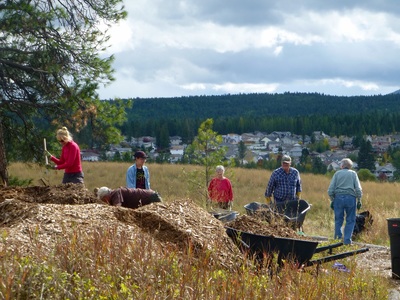
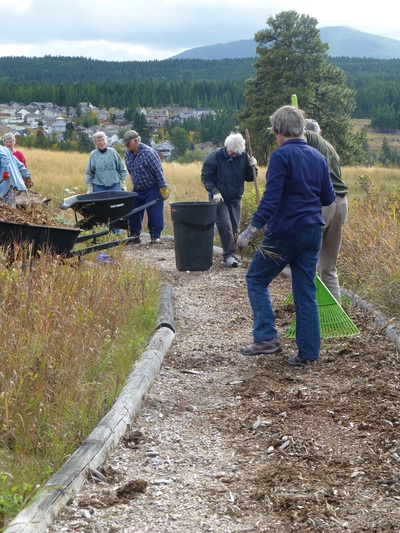
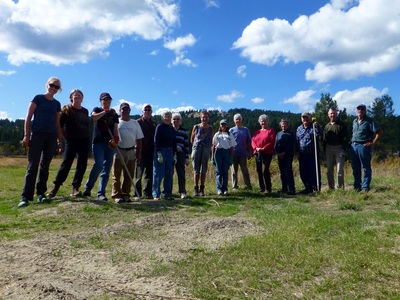
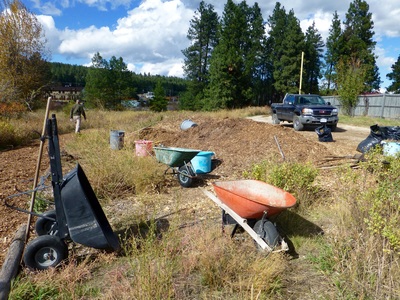
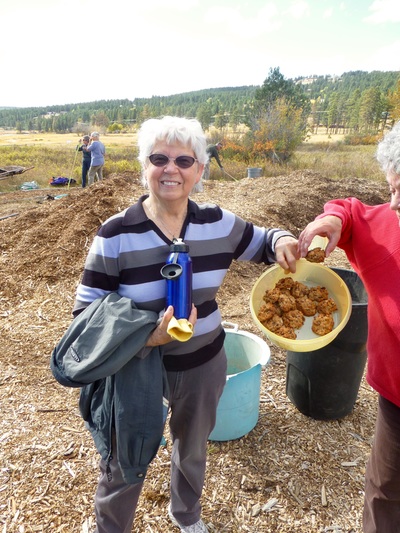
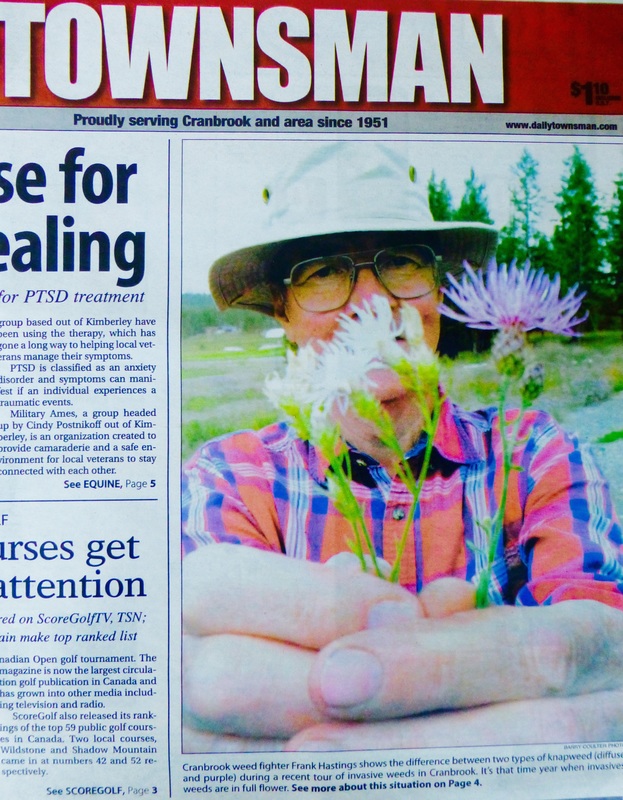
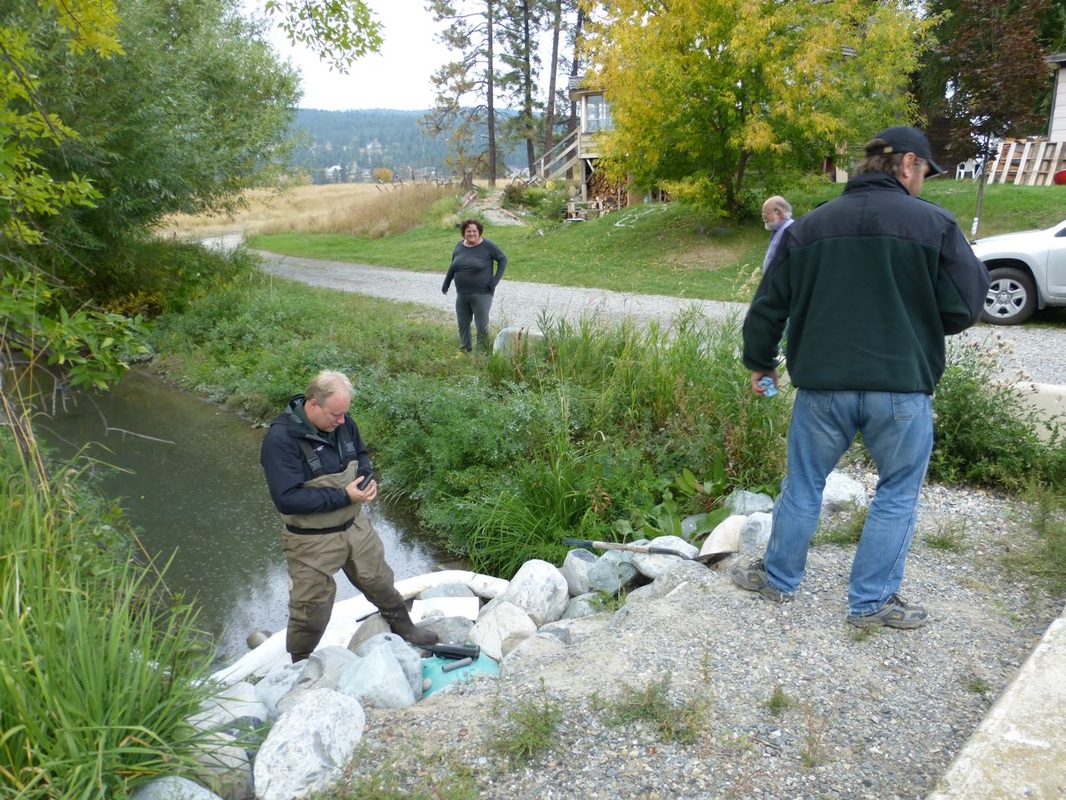
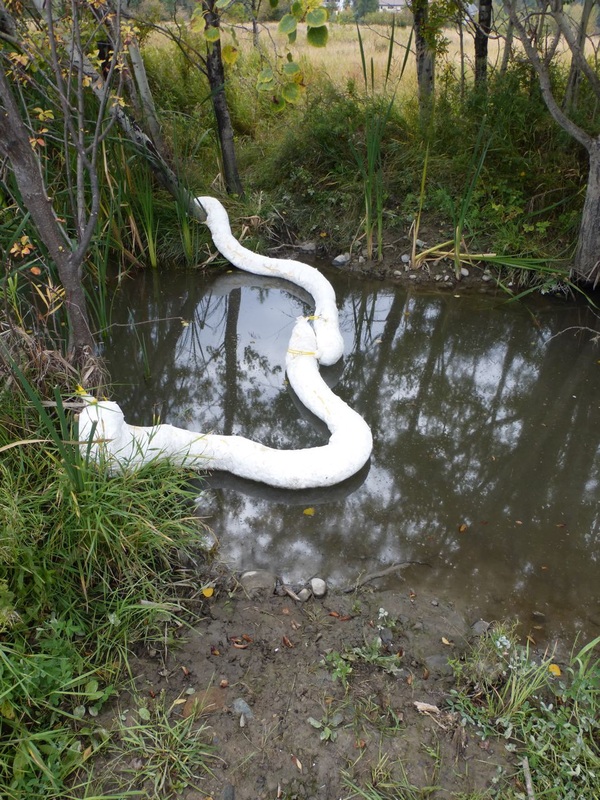
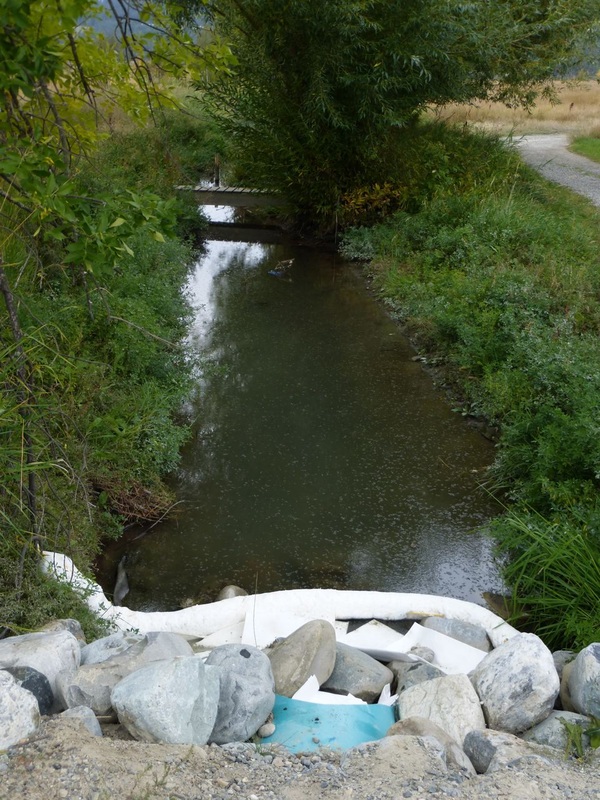
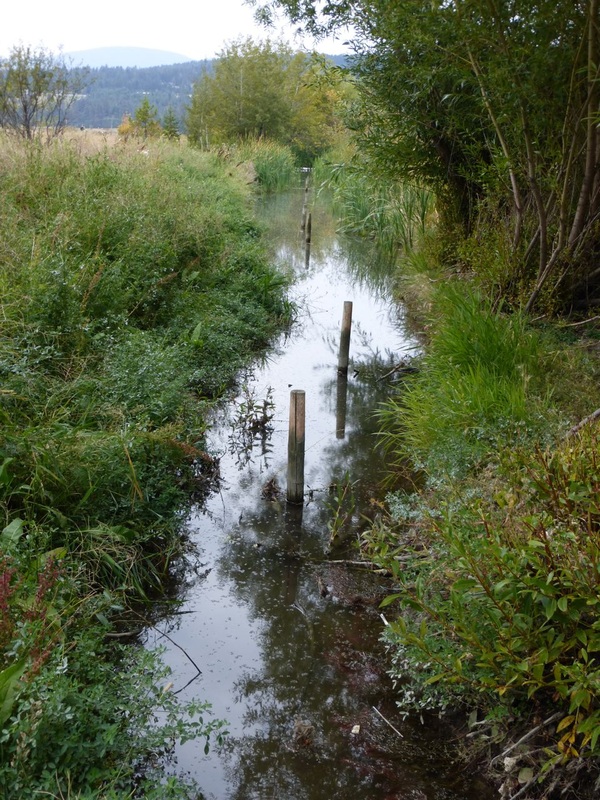
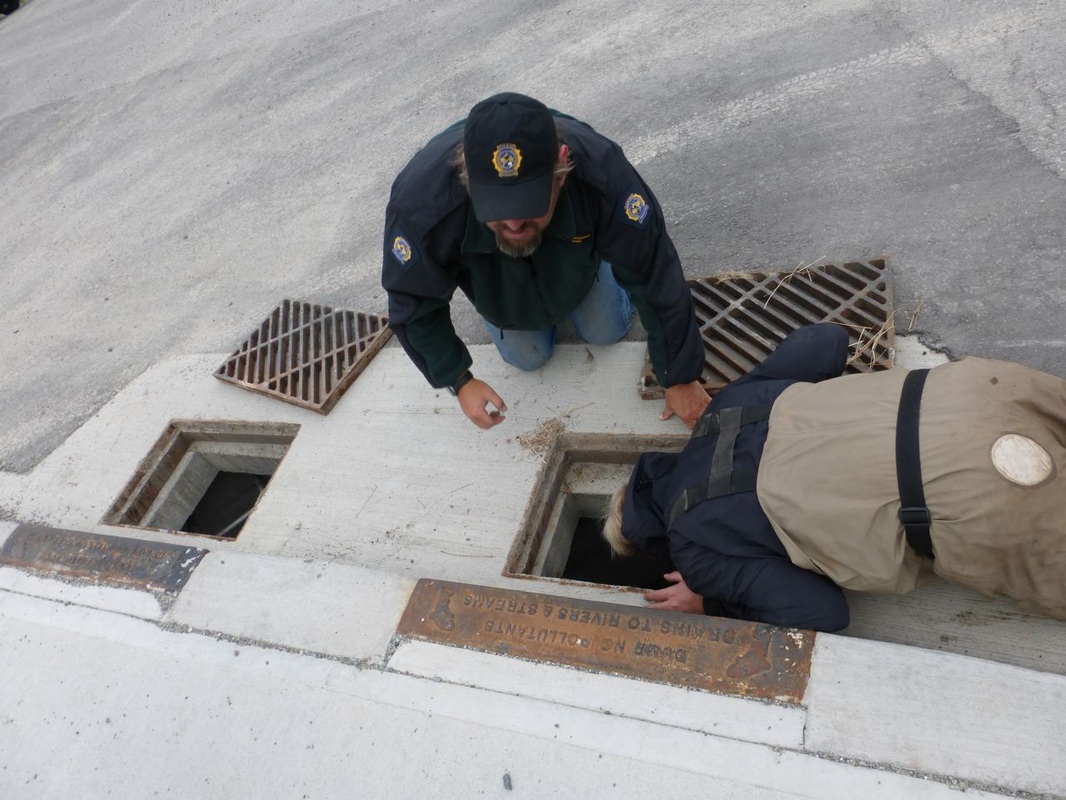
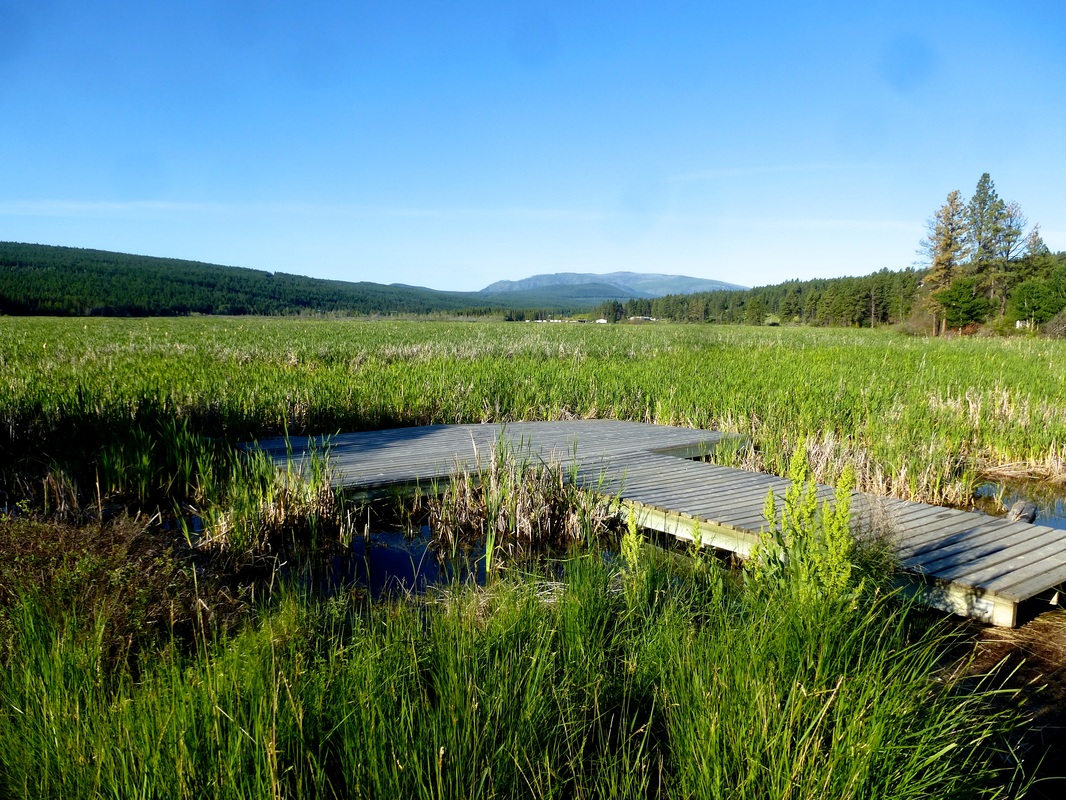
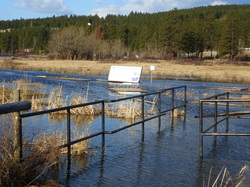
 RSS Feed
RSS Feed
